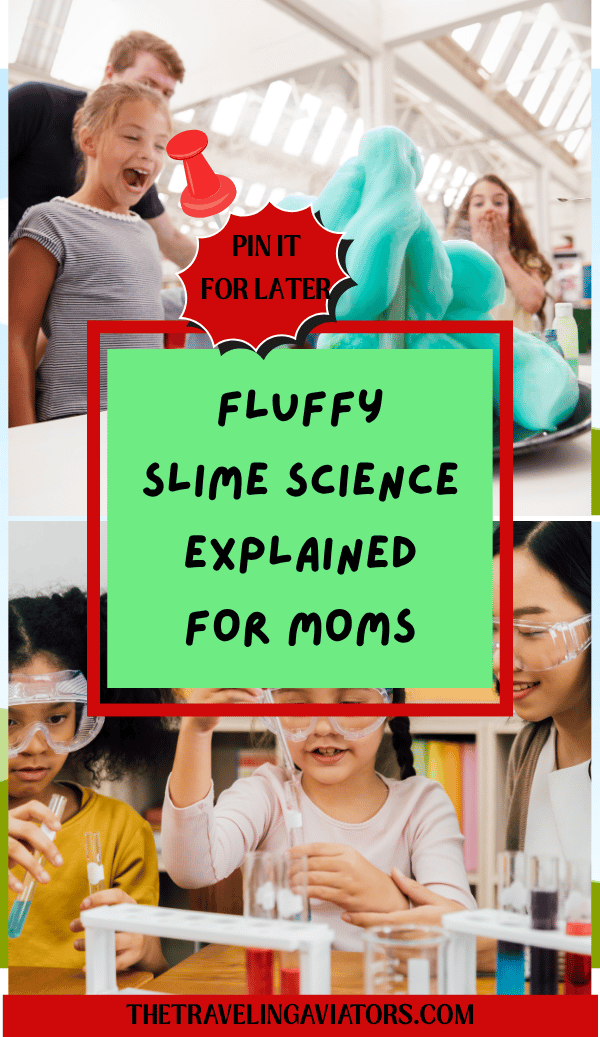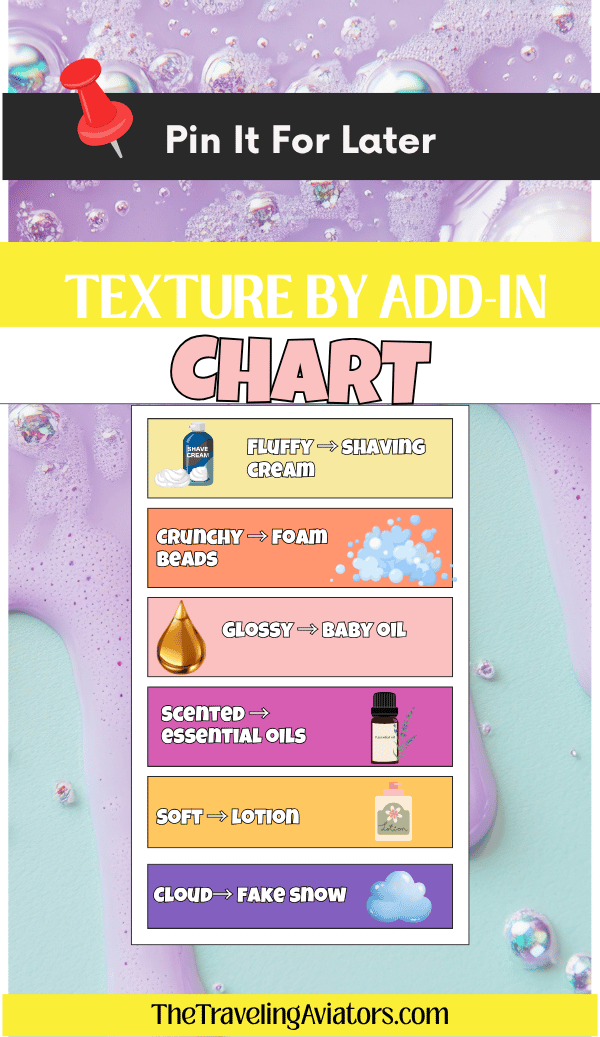Simple Slime Science for Moms
I know you only have five minutes between naptime and snacks, so I'll keep this brief. Slime is that gooey, squishy stuff toddlers and teens love to stretch, squeeze, and pop. Behind all that fun is simple kitchen chemistry. It is made with glue plus water that forms a polymer base, and an activator (like Borax or contact solution) links those glue chains into stretchy, cool-to-touch slime. Let's break it down into plain English, with no jargon, no college chemistry degree, just the basics every busy mom needs to know.
In this post, you'll find slime science FAQs that explain exactly what slime is, what makes slime sticky or non-sticky, and what makes slime stretchy, fluffy, or crunchy, along with quick tips to tweak every batch with confidence.
What You'll Learn
- The three basic ingredients every slime needs.
- Why slime can be sticky, non-sticky, stretchy, fluffy, or crunchy.
- How to troubleshoot common slime mishaps in under a minute.
But if you are looking for Slime Recipes to Make: 20 Simple Slime Recipes to Make at Home with Kids
Science Basics for Moms
What is a polymer?
Think of polymers as long, spaghetti-like chains of molecules linked end-to-end. In slime, the "spaghetti" comes from PVA glue. Those long chains can slide past each other when they're loose, making slime stretchy, but lock together when you add the right ingredient, giving slime structure.
2. What does viscoelastic mean?
"Viscoelastic" just means that slime behaves like two things at once: a liquid (viscous) and a solid (elastic). Pull it slowly and it stretches; yank it quickly and it breaks. That's why it drips off your hands but can hold its shape for a few seconds while in your hand.
3. Newtonian vs. non-Newtonian fluids
Water and milk are Newtonian: no matter how hard you stir, they flow the same way. Slime is non-Newtonian: push hard and resists like a soft solid; push gently and it flows like a thick liquid. This fun quirk is what makes slime so fascinating for little hands.
Quick Q&A on Slime Science for Toddlers
What is slime?
Slime is a viscoelastic, non-Newtonian material made from glue (PVA), water, and an activator. Unlike a true liquid or solid, it changes behavior under stress: slow pull and it stretches; quick pull and it snaps. This polymer slime network is the heart of slime chemistry for kids.
2. What makes slime sticky?
Stickiness comes when the polymer chains in your slime polymer network aren't fully linked. Too much water or too little activator means the strands slide and cling to hands and surfaces. A perfectly non-sticky slime has just the right cross-link density: enough bonds to hold the slime together but not so many that it turns stiff.
3. What makes slime non-sticky?
If your slime still feels overly gooey after kneading, work in tiny drops of contact lens solution or a bit more Borax solution, then let it rest for a few minutes. Keep kneading until it stops clinging. Kneading the slime helps finish the reaction and often cuts down stickiness.
4. What makes slime stretchy?
Stretchiness peaks when the polymer chains have enough room to lengthen before they break. That "Goldilocks" cross-link density—neither too many nor too few bonds—lets your slime pull far and wide. Add too much activator, and it snaps; add too little and can't keep its shape. Finding that balance is the secret to super stretchy slime.
5. What makes slime fluffy?
Fluffy slime, often called cloud slime, traps air using a foaming agent like shaving cream or foaming soap. Folding in equal parts shaving cream creates tiny bubbles that expand the polymer matrix, turning your slime into a soft, puffy cloud. It's one of the best slime foaming agent benefits for kids who love extra-soft textures.
6. What makes slime crunchy?
Crunchy slime uses solid mix-ins like foam beads or microbeads. When squeezed, these tiny spheres don't change the chemistry but add a satisfying crackle. Simply stir in a handful of beads once your basic slime has set to lock in that fun, crunchy texture.
7. What is a slime activator?
A slime activator is the chemical that triggers the polymer reaction. Borax solution and saline contact lens solution (with boric acid) are the top slime activator options because they safely link the glue polymers. Liquid starch also works well, but can yield a firmer texture.
What are the three basic ingredients in slime?
Every simple slime recipe needs:
Glue (PVA): The polymer chains that give slime its stretchy base.
Activator (Borax solution or alternatives): Turns glue into slime by linking (“cross-linking”) those chains. Your options are: Borax solution, contact lens solution + baking soda, or liquid starch.
Extras (color, glitter, lotion, foam soap, or beads): Customize texture, scent, or softness for extra fun.
What types of Glue Can Be Used To Make Slime?
School (PVA) glue is the easiest and safest for toddlers.
Clear glue gives more vibrant add-ins like glitter.
Avoid glues with strong solvents (like superglue) or craft glues not labeled PVA they won't react the same and can be unsafe.
Help Me, Something is Wrong with My Kids' Homemade Slime
Too hard? Softer fee. Fold in a dab of lotion after mixing. It keeps slime moist and adds a subtle scent.
More Fluff? Swap half your shaving cream for foam hand soap to boost fluff and give gentle bubbles.
Not stretchy enough? If the slime gets too firm, add a teaspoon of water, then knead.
Rinse cleanup: If your slime sneaks onto clothes or carpet, what do you need to do? For the full cleanup steps, see [Placeholder: How to Clean Slime Off Clothes & Carpets].)
Key Takeaways
Slime is made from PVA glue plus an activator that links the polymer chains.
Activator balance controls whether your slime is sticky or non-sticky.
Cross-link density determines how stretchy or firm your slime gets.
Foaming agents or mix-ins turn slime fluffy or crunchy.
Ready to Mix?
Now that you know what polymers are, why Borax solution matters, and how to get every texture from sticky to crunchy, you're all set to whip up batches of fun.
For easy, kid-approved recipes, head over to 20 Simple How to Make Slime Recipes at Home with Kids and pick your favorite.
If a batch sneaks onto clothes or carpet, don't worry, check [How to Clean Slime Off Clothes & Carpets] for quick cleanup hacks.
Then let your little scientist squeeze, stretch, and explore the magic of slime! No Chemistry degree required!



